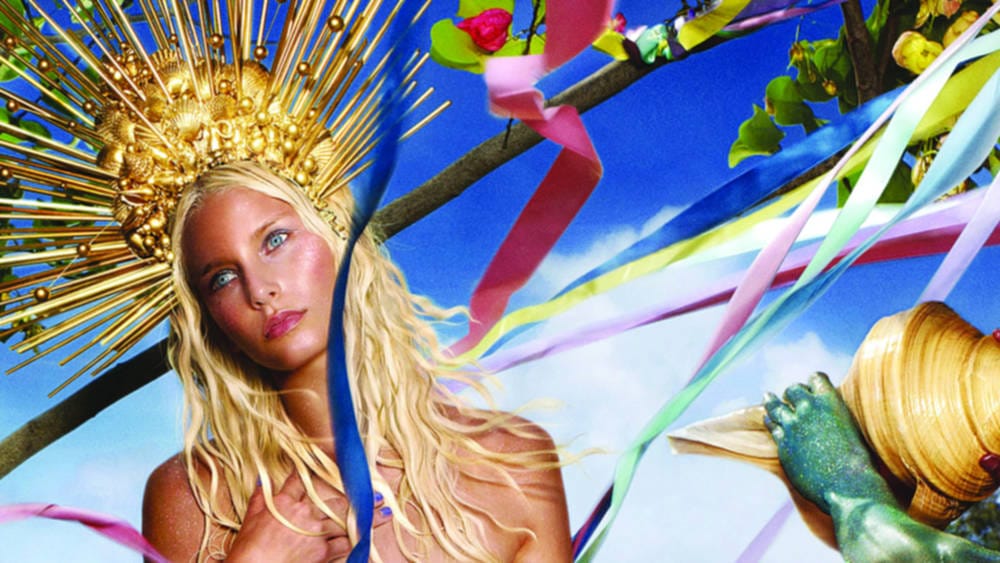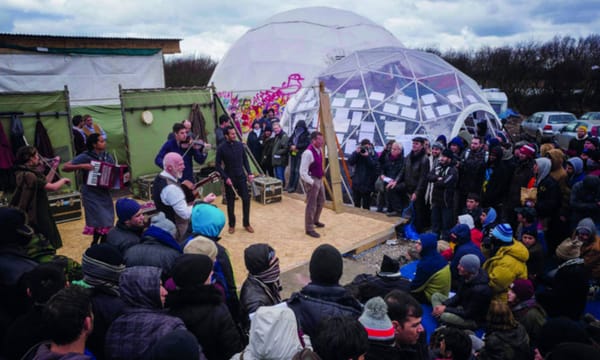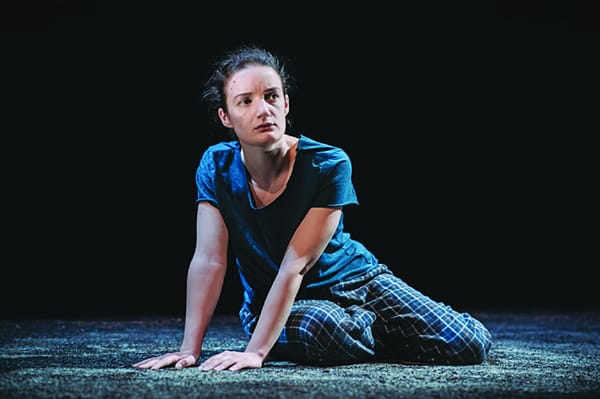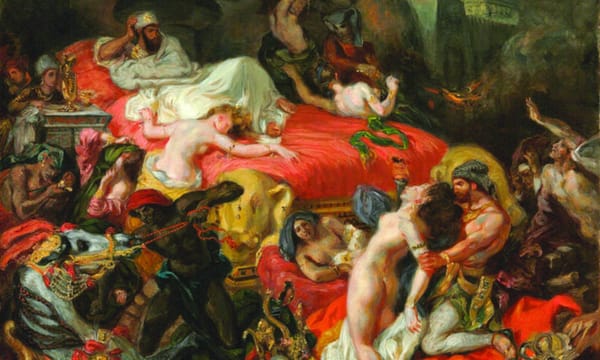Botticelli Reimagined
A compelling but contrariwise journey through Botticelli’s artistic influence

B_otticelli Reimagined_ is a curious marriage of modern sensibilities with 15th century grace, beauty, and elegance, running at the V&A until July. It is about the extent to which the influence of that singular craftsman, Sandro Botticelli – father of Venus and Primavera – permeated the art world through the centuries.
The exhibits are eclectic – they’re from film, photography, drawing, sculpture, and even the fashion world. We are treated to a truly impressive melange of Botticelli fan-art, including works by Magritte, Warhol, Rossetti, each bringing to Botticelli their own personal style and flair in their various tributes, as well as over fifty original works by the master himself.
The exhibit is designed anti-chronologically, starting with the modern times and winding its way back to the Old Masters. A curious choice, made because “[Botticelli’s] work has been the subject of a complex process of reappraisal which mirrors the changing values of prosperity”, so they say. Essentially, I think it means to say that the master has been getting more popular as time goes by – his work was forgotten in its own day, progressively rediscovered in the 19th century, and gained popularity over the 20th and until now his work is a celebrated icon of human culture. Why not start now, when Botticelli is at the apex of relevancy and fashion, and proceed backwards?
It certainly makes for an interesting experience. Assaulting the eye upon entry is a piece by Dolce & Gabbana – which is, I believe, a company that deals with fashionable things in the present day, shoes and perfumes and whatnot. It’s the ‘Venus Dress’, a flowering garment that is patterned with prints of the face and body of Botticelli’s Venus. A plethora of chic model shoots line the wall, where beautiful women of today strike the Venus pose, wearing pretty dresses, gowns, and sometimes only a carefully-placed object, much in the vein of the Felix centrefolds. The essence of 15th century aesthetics may have fallen out of fad through the ages, but the iconic pose remains.
As we move further down the room, we see a Warhol piece – the artist, as the caption tells us, also “reduced [Botticelli] to the painter of a single, iconic image: the Venus”. Indeed, he is not alone; this exhibition could well be called “Venus in the Uffizi: Reimagined”. Accompanying Warhol is Jacquet, titan of Nouveau Realism – essentially the European version of American Pop Art – who plasters the goddess with iconography from the oil company, Shell (I see what you did there, Jacquet). Magritte has his own take on the subject a few metres away, with a work he described as ‘Primavera by Botticelli on a man with a bowler hat as seen from behind’. Naturally, if Magritte is inspired by something, he puts it on a man with a bowler hat as seen from behind! It’s an interesting piece, and really juxtaposes two very different sensibilities in a decidedly curious way.
Two of the artists that really caught my eye were both contemporary ones, so contemporary, in fact, that they were actually present at the press launch. It is fair to say that the artists caught my eye as much as their works did. The first was Yin Xin, a Parisian artist whose ‘Venus after Botticelli’ is essentially Botticelli’s Venus, in all its oil and tempera glory, with one little change – Yin Xin’s Venus is Asian. He maintains all the other formal elements of Botticelli’s work, but tweaks the features ever so slightly so that she is now a symbol not of European but Chinese beauty. Wearing an old fashioned trench coat and flat cap, he looks like your archetypical private investigator from the Victorian times. The man behind the costume is equally striking – an intelligent, resolute figure who is among the most enigmatic people I have ever had the pleasure of interviewing. I chat with him awhile about cross-cultural standards of beauty, and eventually our conversation turns to the more interesting topic of surviving as an oil-and-canvas artist in today’s Parisian art climate. He believes in sticking to the traditional ways, he tells me, which I think is remarkable. Many of the artists on display have merely reproduced Botticelli, with the modern instruments of pop-art, 2nd century clothing, computer graphics, and photography. Yin Xin, I feel, has truly reimagined the master, and felt no need to resort to wild changes in medium and style for gimmicky effect. It’s worth seeing this exhibition just to see his work.
The other is a colourful French lady by the name of ORLAN, who has been pushing the boundaries of Art ever since the 60s. Her contribution to the exhibition includes ‘Hybridization of Botticelli’s Venus’, where she morphs her own face (purposefully frozen in something of a macabre and intentionally horrific expression) on to that of Venus. Upon questioning, she tells me that this was her attempt to ‘deconstruct’ the ideal of beauty, much in the French Continental style of Derrida and de Man. Another work is the ‘Occasional Strip-tease’, her final pose a direct allusion to the Venus, and yet another is ‘Operation Opera’, where she is photographed in the surgeon’s room while undergoing various plastic surgery procedures – the surgeons dressed on her behest in fancy dress, the bed surrounded by props ranging from fruits to lobsters, and a book of Lacanian philosophy in her hand. My interview with her reveals that she considers herself more of a philosopher than an artist – she is also something of an exhibit, I feel, as a horde of photographers casually, silently, take flash pictures of her with their camera inches from her face. I wonder if she is more popular than her art, as is the sad affliction of many ‘modern’ artists these days.
The rest of the exhibition is a conventional romp through art from the previous centuries, each of the pieces either by Botticelli or a contemporary, or of those that followed him and were inspired by him. However, the first section – with the ORLAN and Yin Xin works – remains the highlight and could really carry the exhibition by itself. It’s certainly worth the price of entry!
Botticelli Reimagined is on at the V&A until July 3rd
Tickets from £10.








